I booked an Airbnb in Edinburgh called Castle Rock Apartment. I understood that it was close to Edinburgh Castle, but when I arrived I realized that it was right next door. Even my window was attached to the stairs used to climb. This castle is located at the west end of the Royal Mile and is a place you must visit to learn about the history of Scotland.
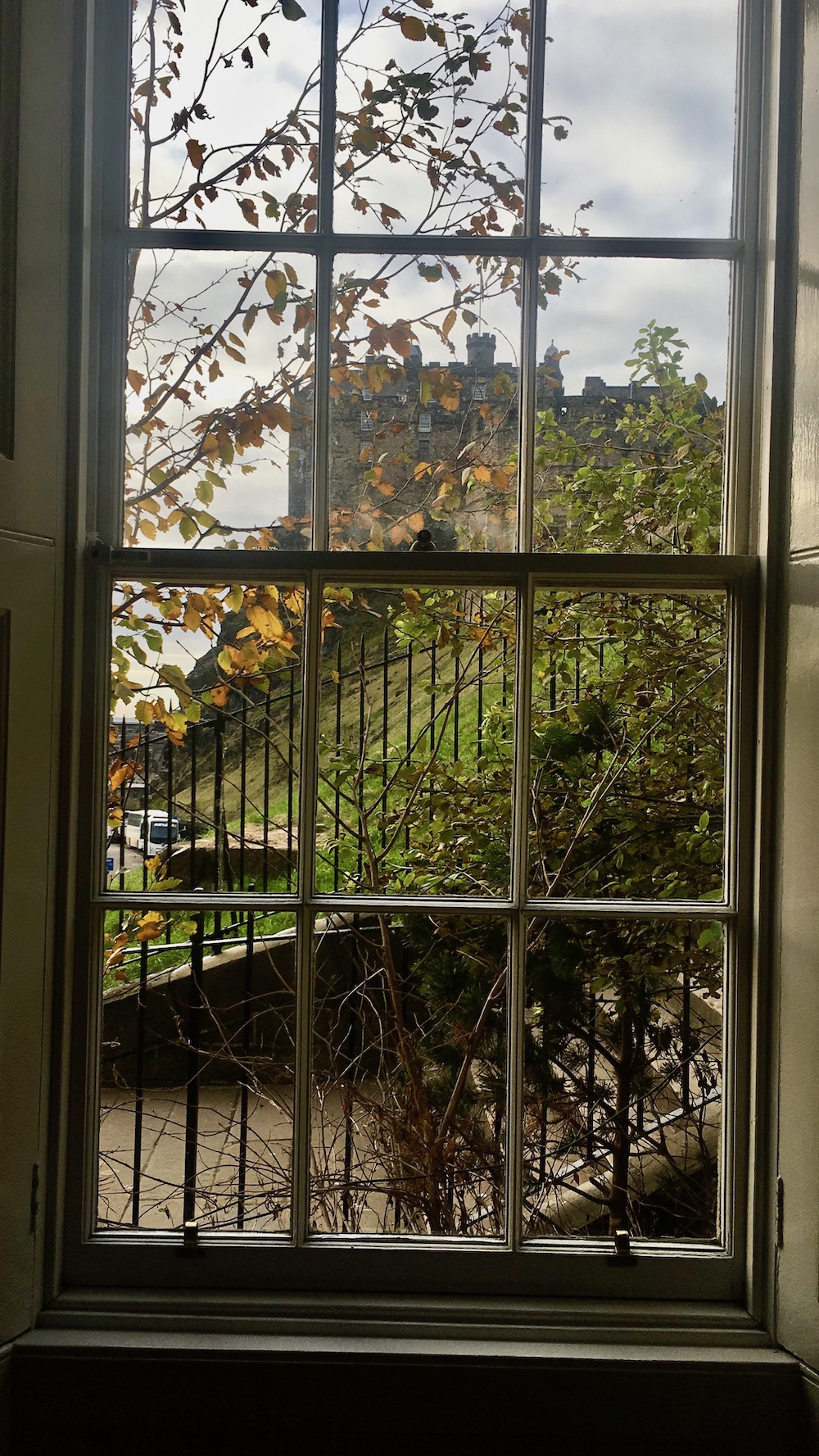
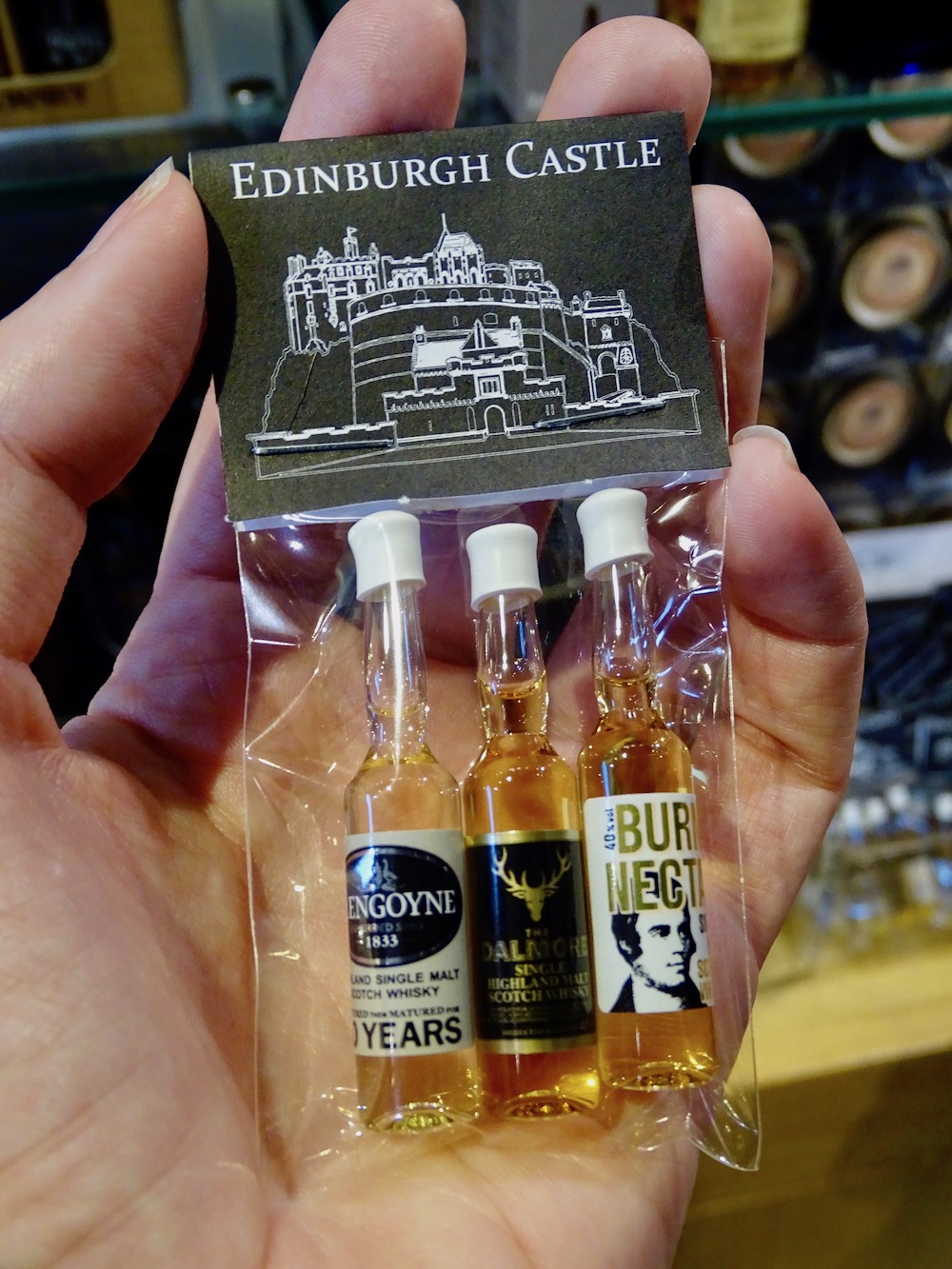
Edinburgh Castle
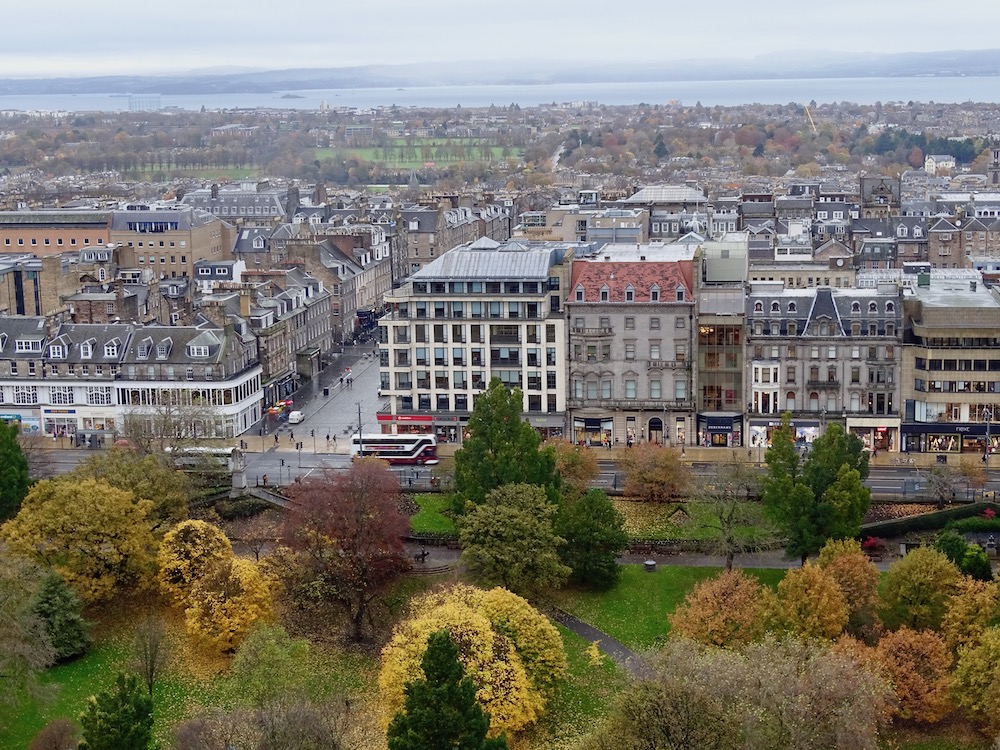
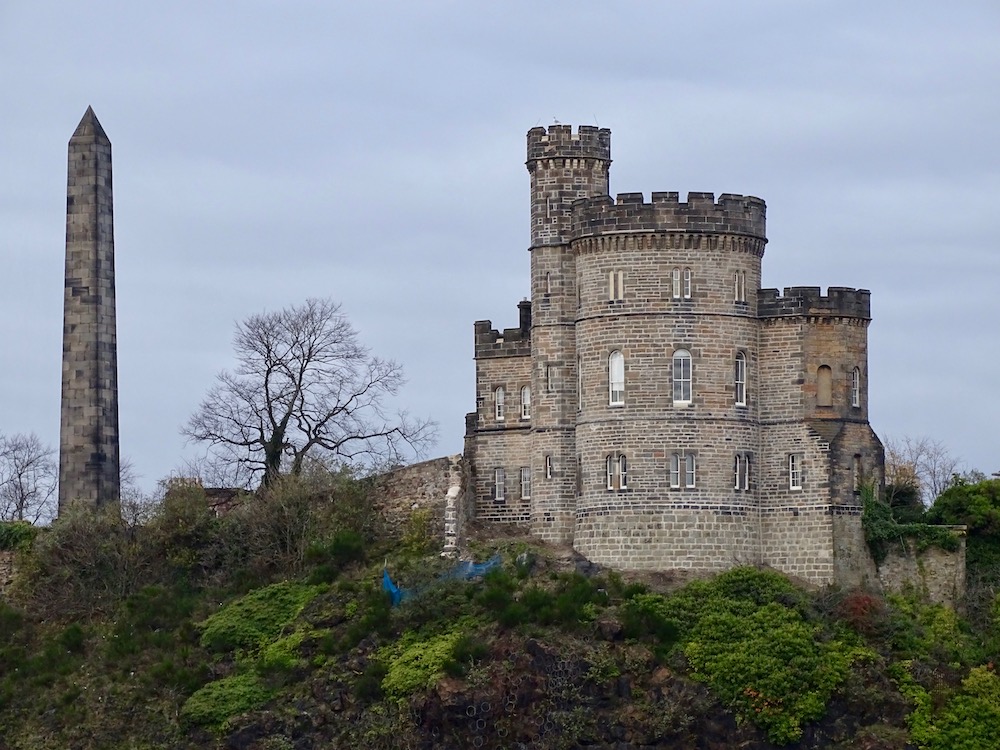
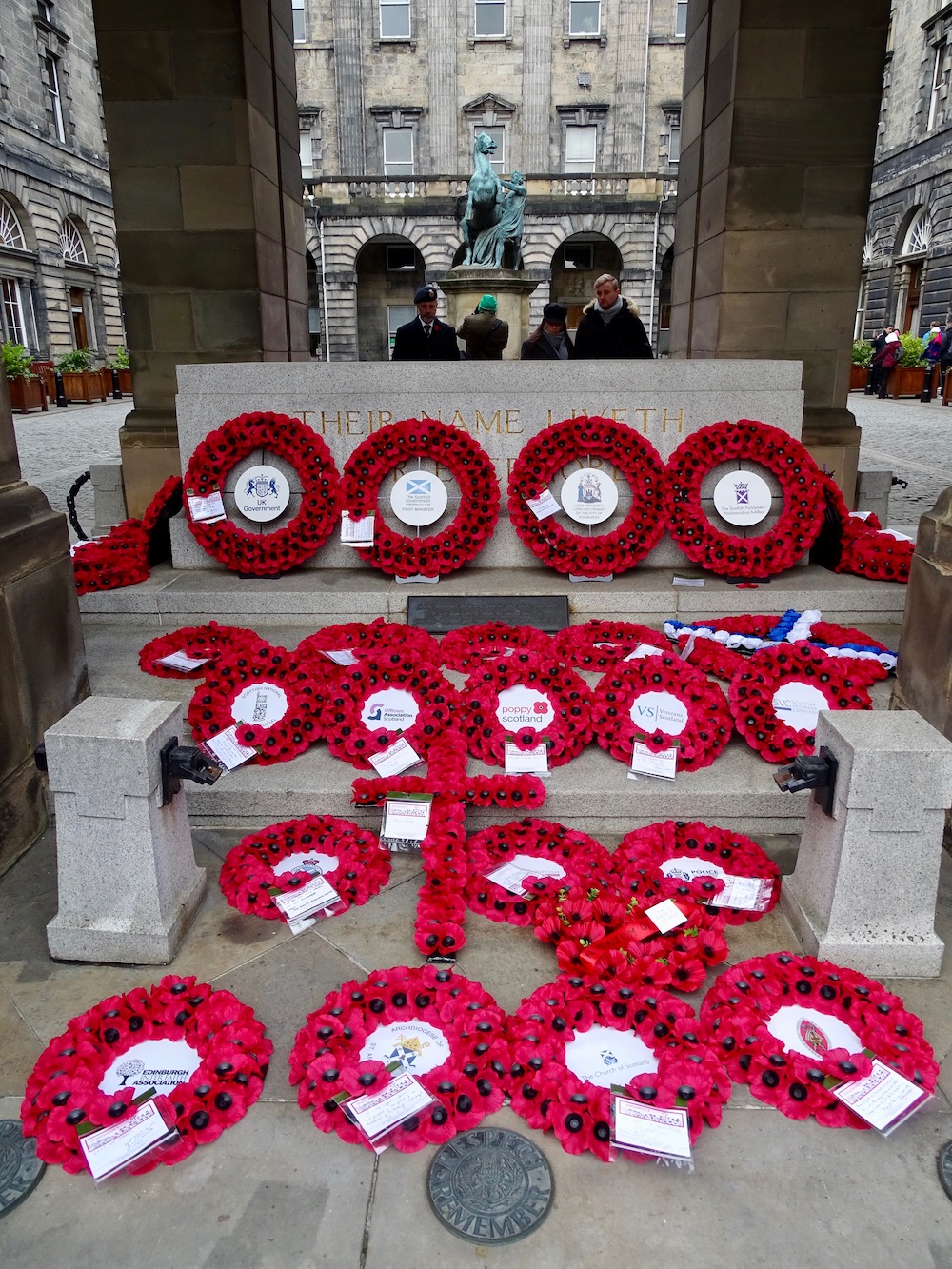
Scotland’s weather is terrible, between cold and rain. The day we went to Edinburgh Castle it rained a lot. The breeze flips any umbrella, so it was best to enter the multiple museums within the complex.

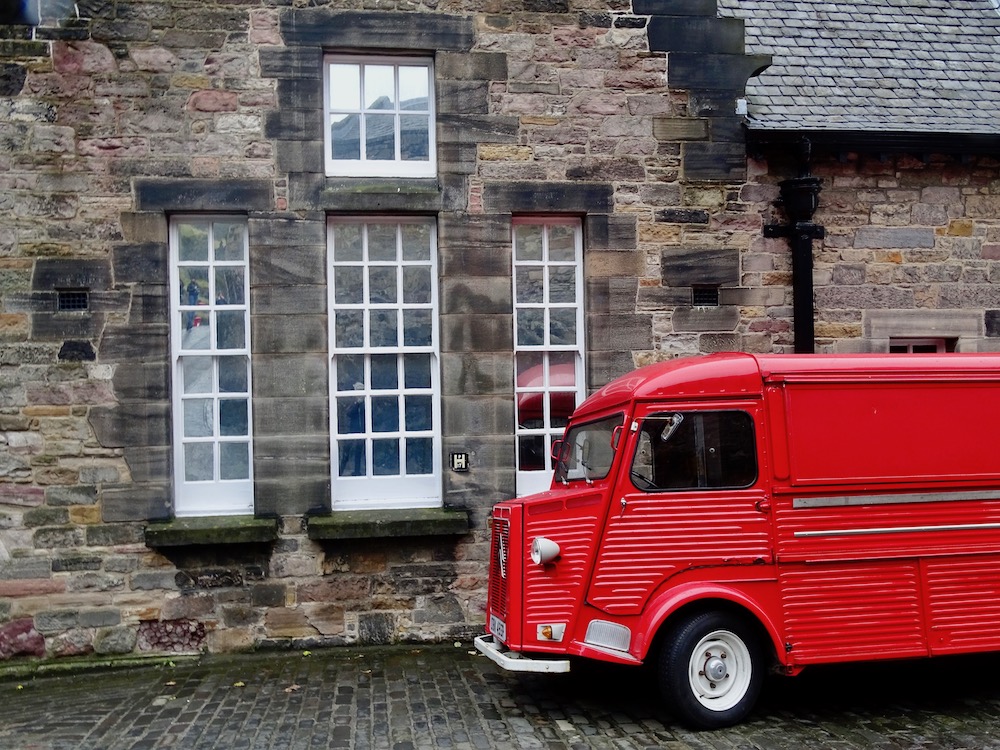

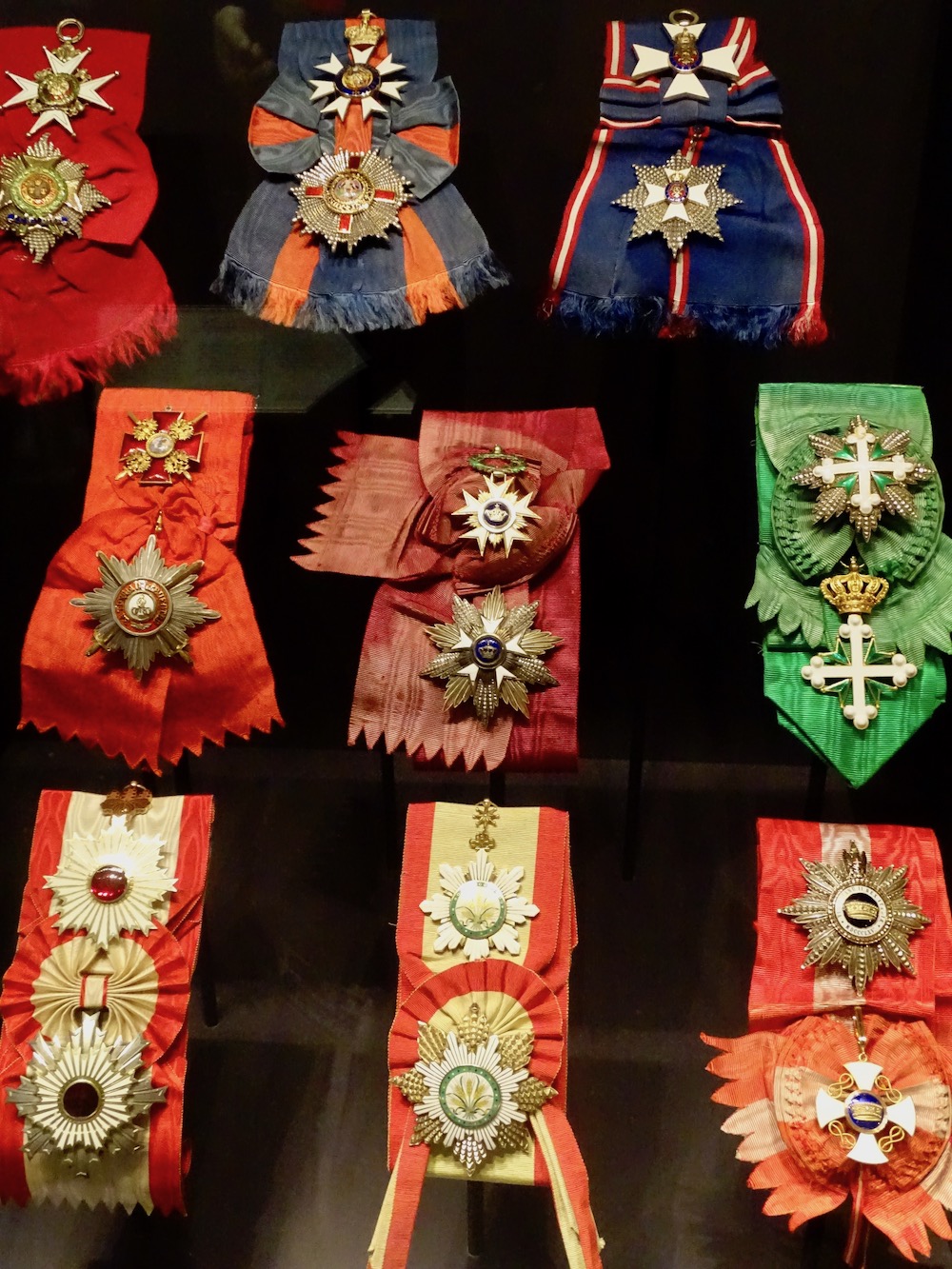
If you visit during high season it is advisable to buy your ticket in advance. An entry schedule will be assigned. As we went in the off season there was no problem and we could buy it on site. I found the cost quite expensive. If you want to save, and you will spend several days in Scotland, it is better to buy the Explorer Pass. This pass can be for 4, 7 or 14 days. The cheaper version (in winter) costs almost the same as going only to Edinburgh Castle. With the card you can visit 70 historical sites in summer and 40 in winter.
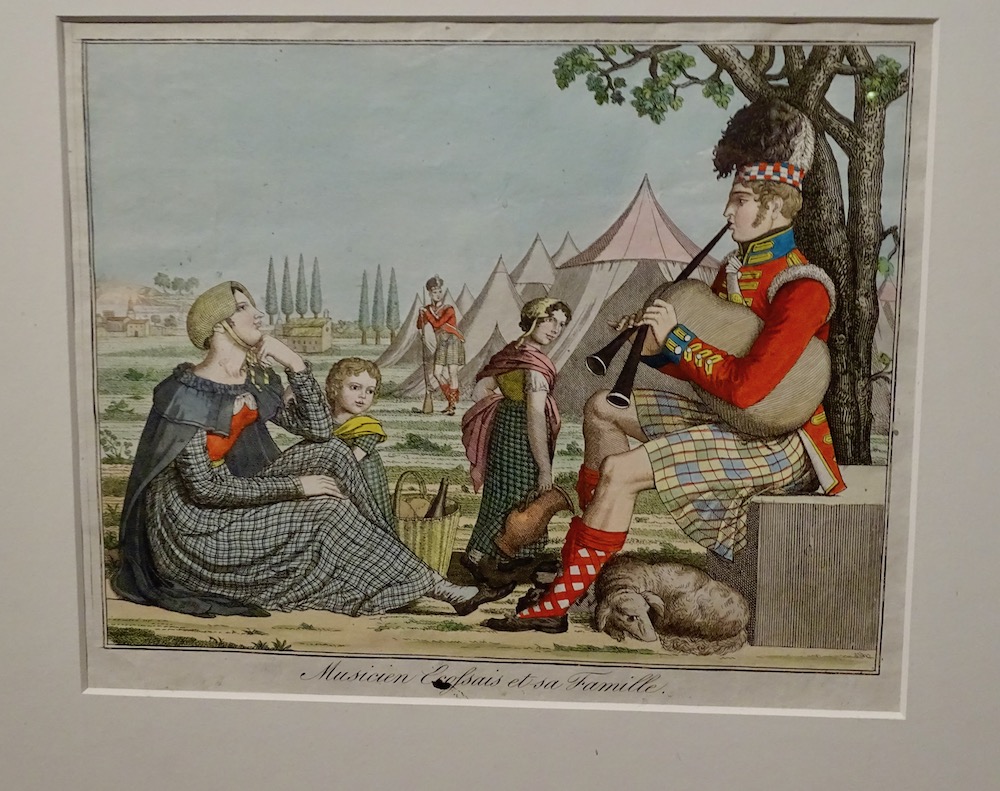
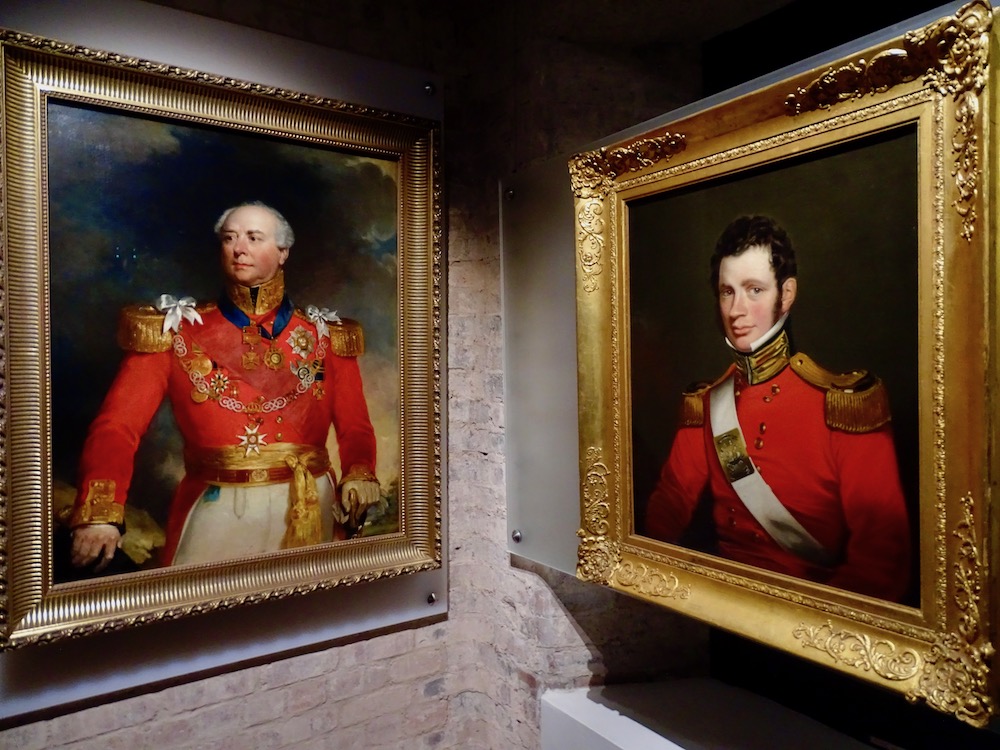
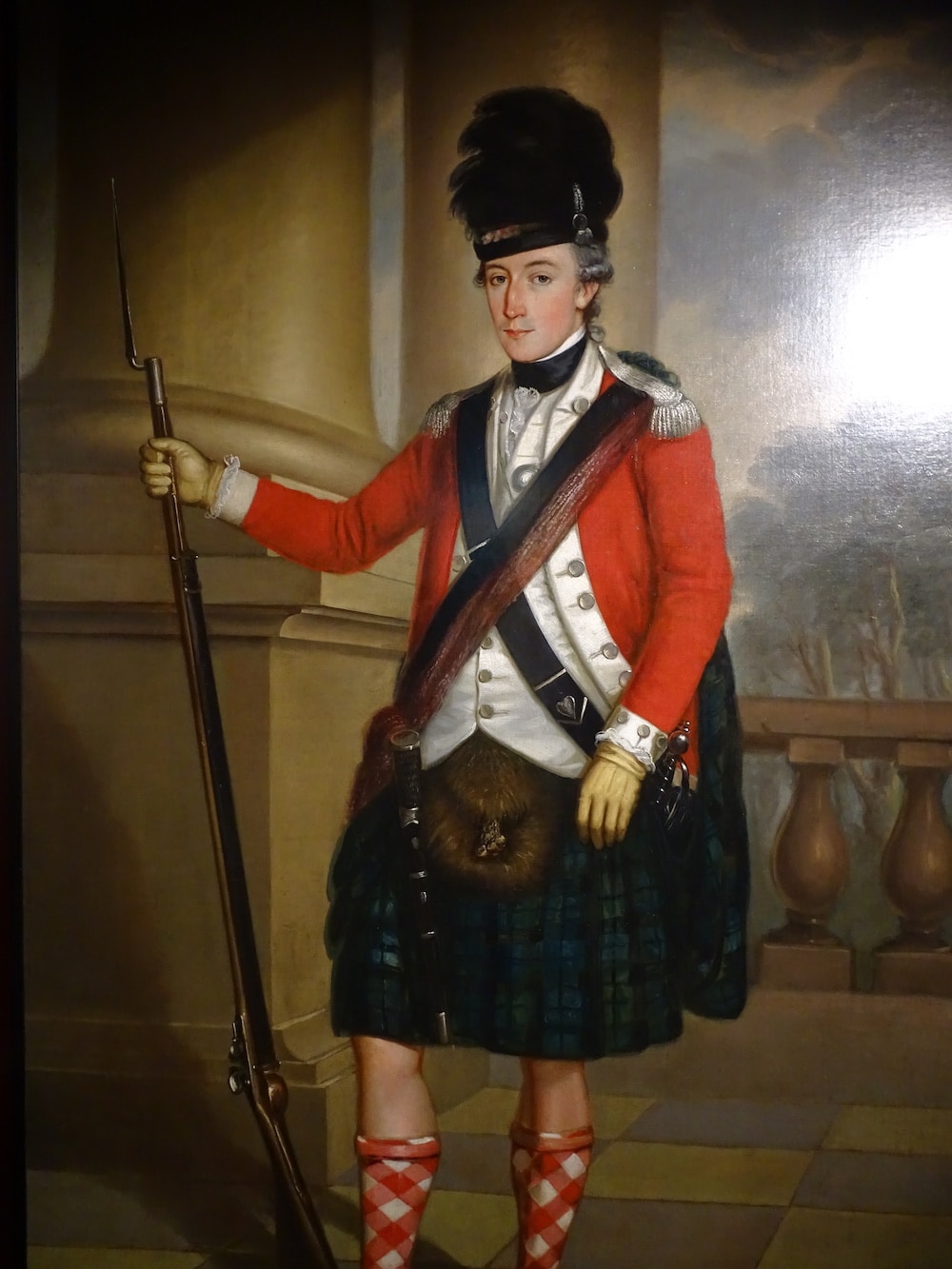
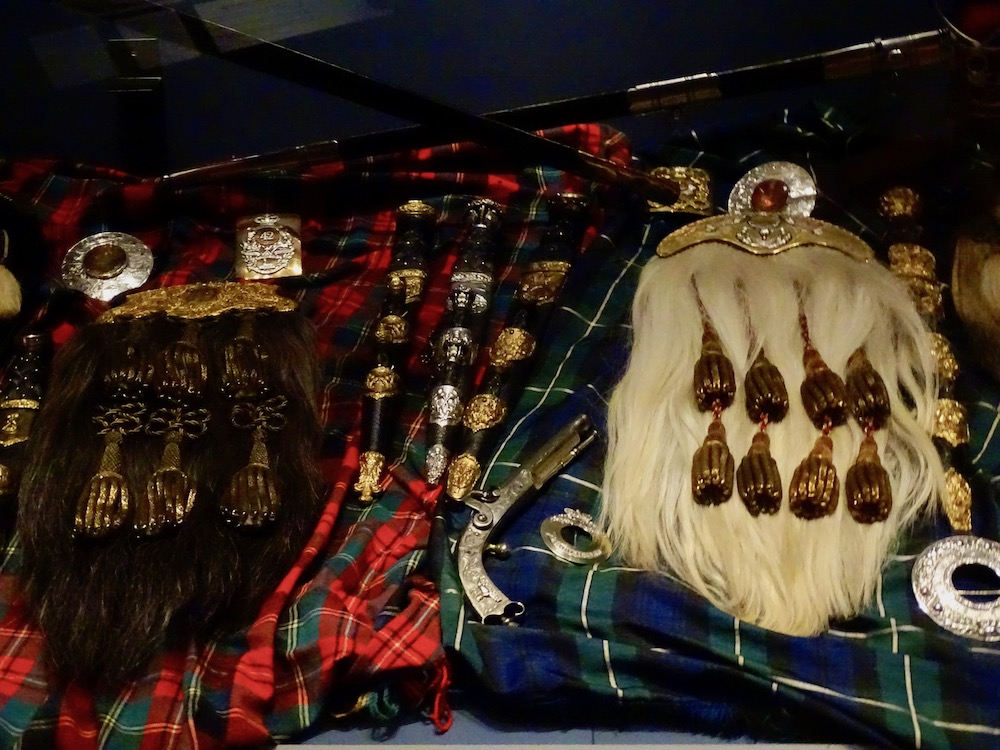
Early history
It is advisable to hire a guide, but if you do not want to do so, you can read about Edinburgh Castle. Castle Rock has had human activity for 3,000 years. Its first inhabitants may have arrived as early as 900 BC. The Romans visited Scotland in 80 and 139 AD. Ptolemy made a map of the 2nd century AD showing a settlement called “Alauna” which means rock place. There are no more records until a poem composed in 600 AD. about Gododdin, king of a place called Din Eidyn. They were conquered by the Angles in 638, which changed the name to Edinburgh, which was written in different ways over time.
King Malcolm III built a castle called the “Maidens Castle”. He died in battle in November of 1,093 and his wife, the future Saint Margaret of Scotland, died of a broken heart a few days later. She was the mother of four future kings of Scotland. You must visit the Chapel of St. Margaret built in 1,130 by her son, David I. This building is the oldest in all of Edinburgh. It survived because it was made of stone, while the rest were made of wood. It is believed that the original design should have been similar to Carlisle Castle, which was also started by David I.
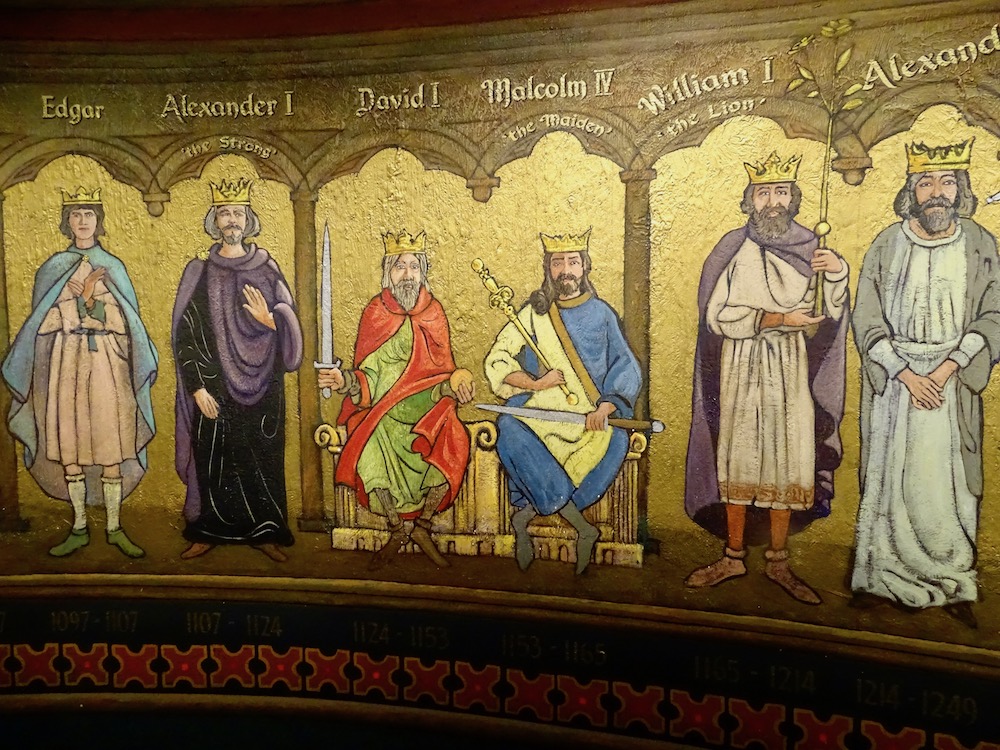
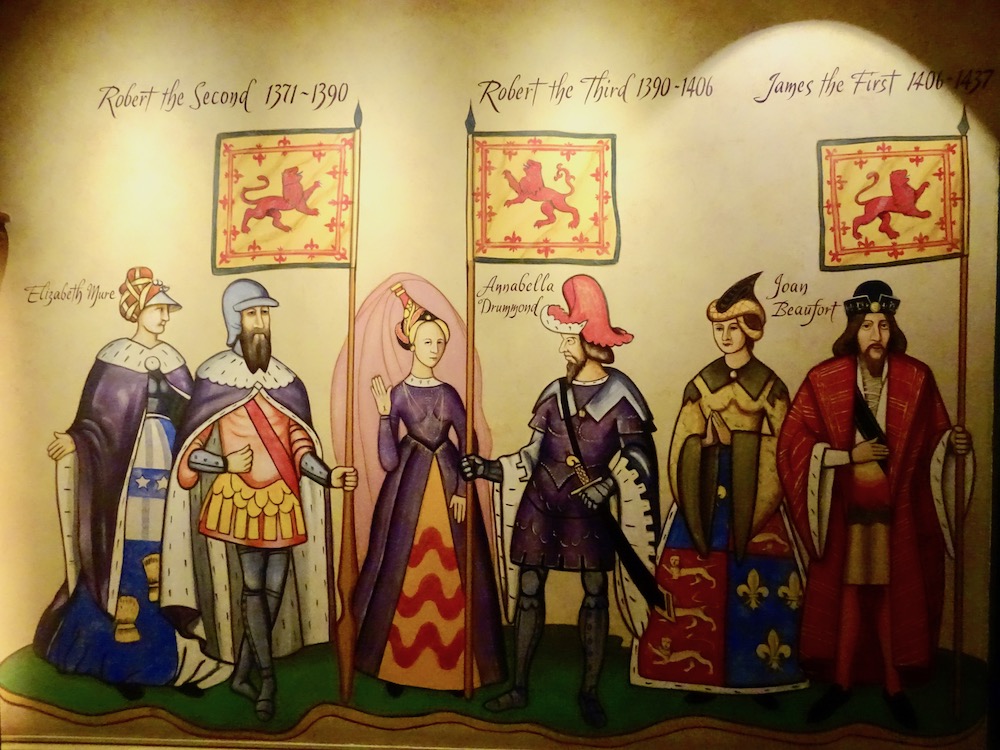
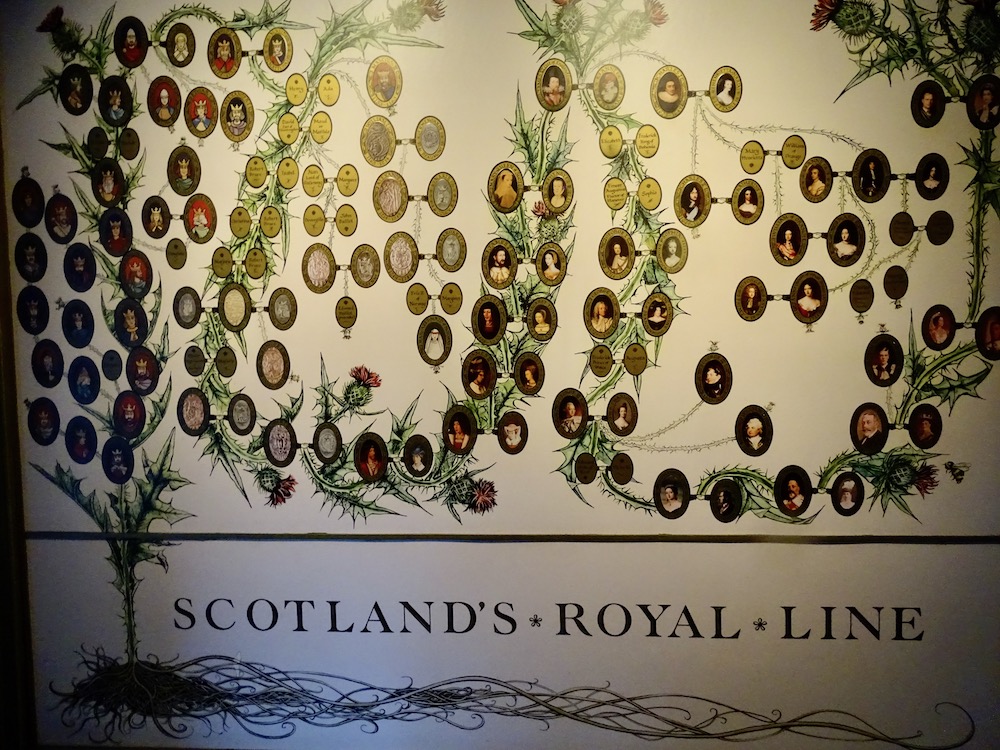
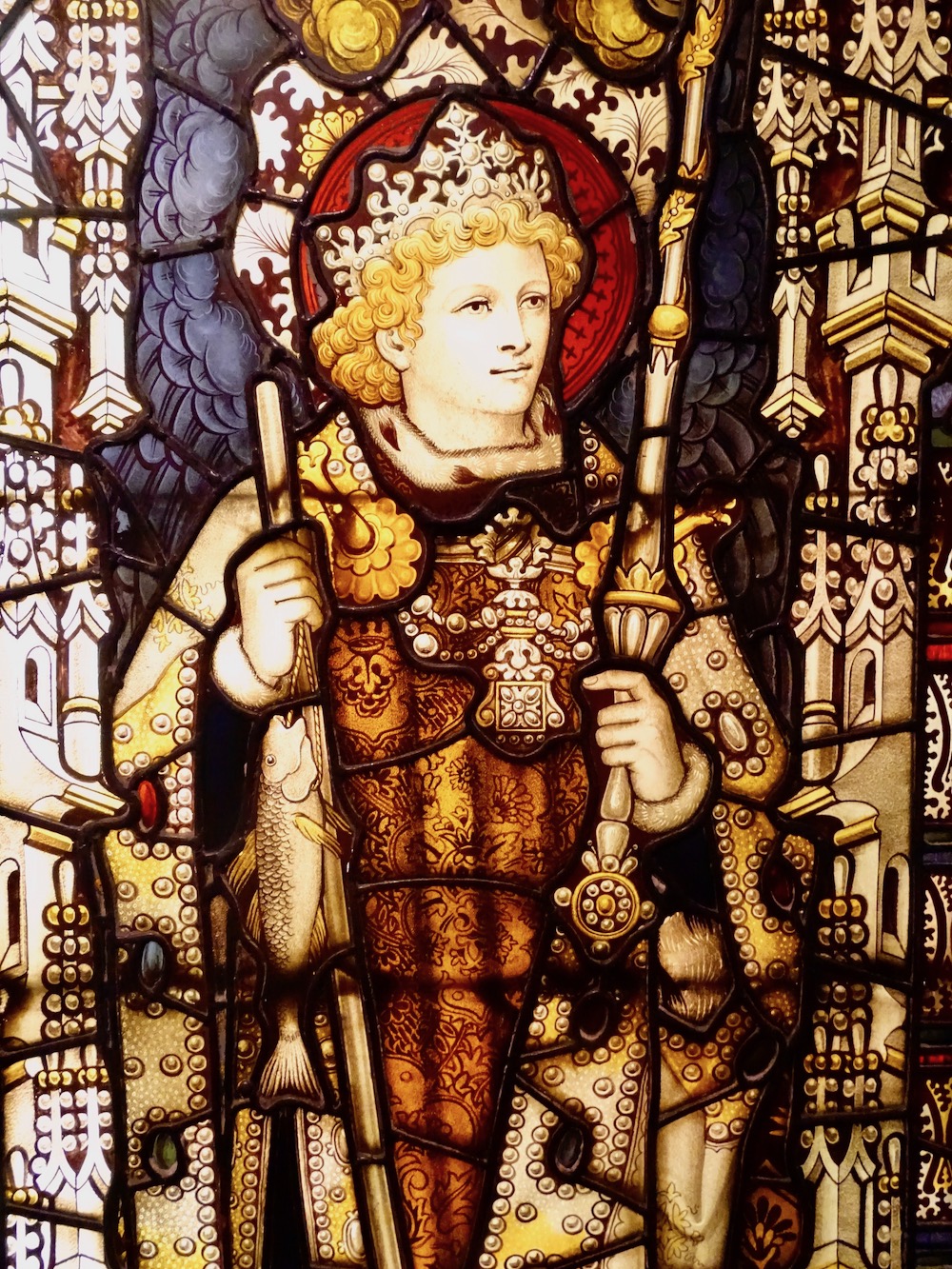
What followed was fights between the Scots and the British, who captured the castle in 1,296 and 1,341. Between 1,460 and 1,488, James III changed the design of Edinburgh Castle to make it his home. The Great Hall, completed in 1,511, was the work of James IV. This same Stuart Dynasty made the Palace of Holyroodhouse, at the other end of the Royal Mile. The nobility moved to the palace and the castle became a military fort. These times were very peaceful in Scotland.
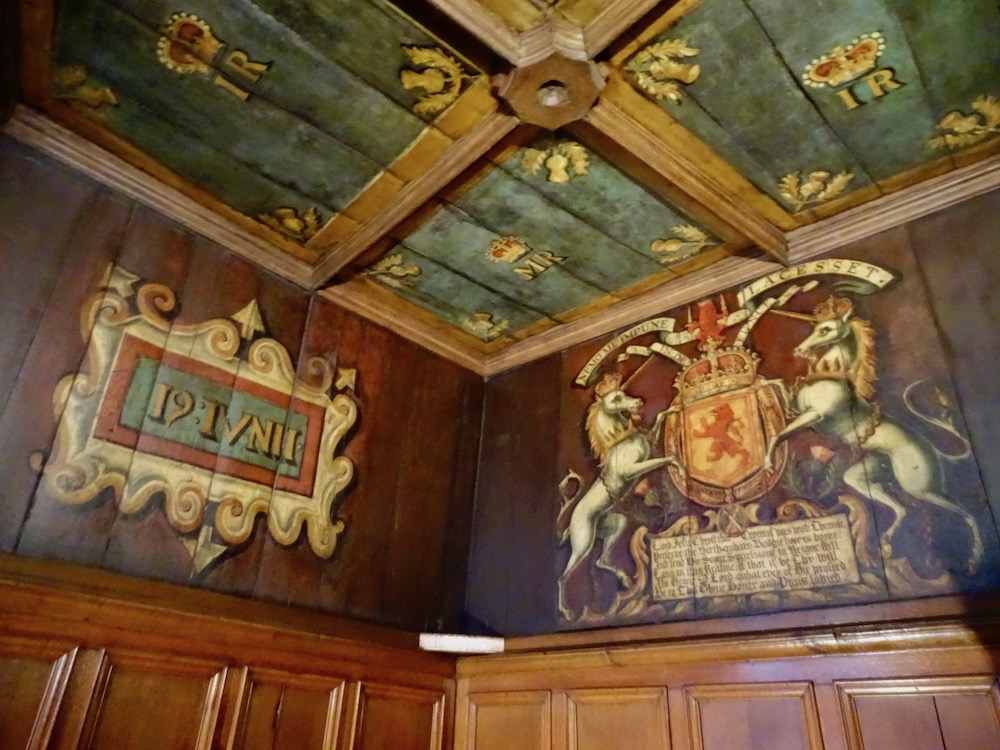
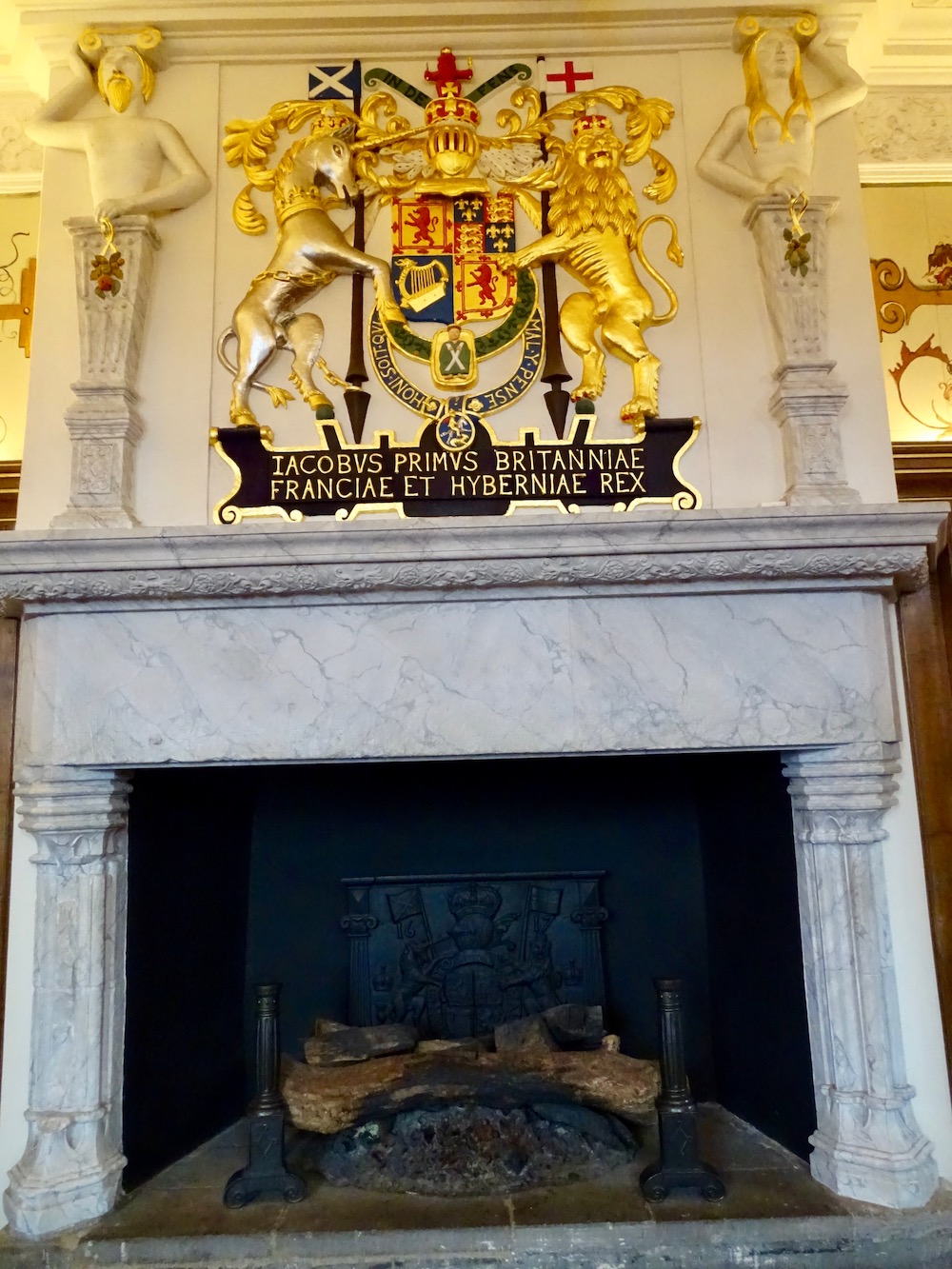
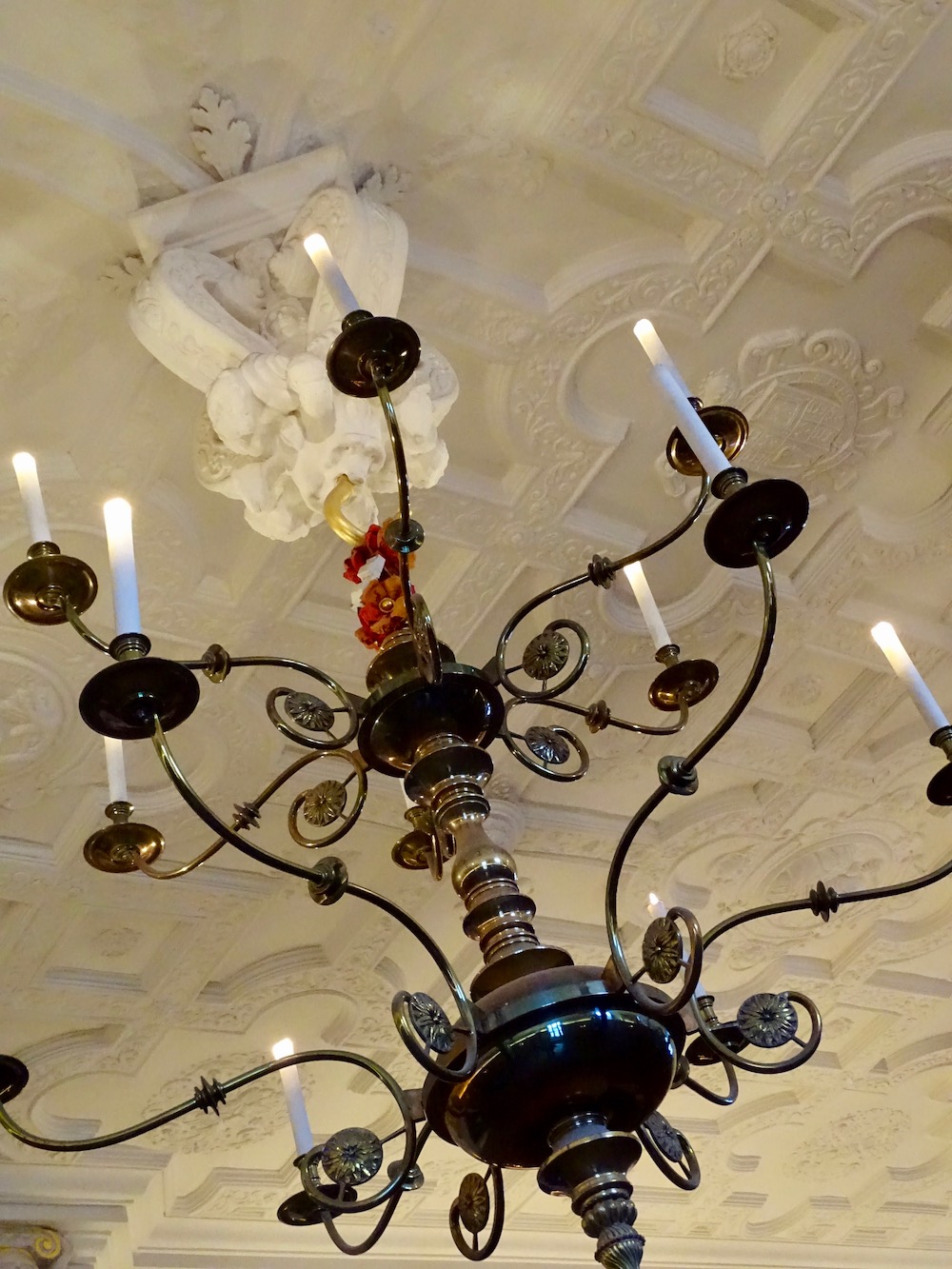
The last monarchs
Mary Stuart, Queen of Scots, felt threatened and therefore decided to give birth in Edinburgh Castle. Her son, James VI, was born on June 19, 1,566. Mary Stuart was accused of killing her second husband, Lord Darnley. Her story is also told in the tour of “The Real Mary King’s Close” that was where she first escaped. She arrived in England seeking help from her cousin, Queen Elizabeth I, who saw her as a threat. She spent 20 years as a prisoner until she was executed. Her one-year-old son became King of Scotland and was also King of England when Isabel I died.
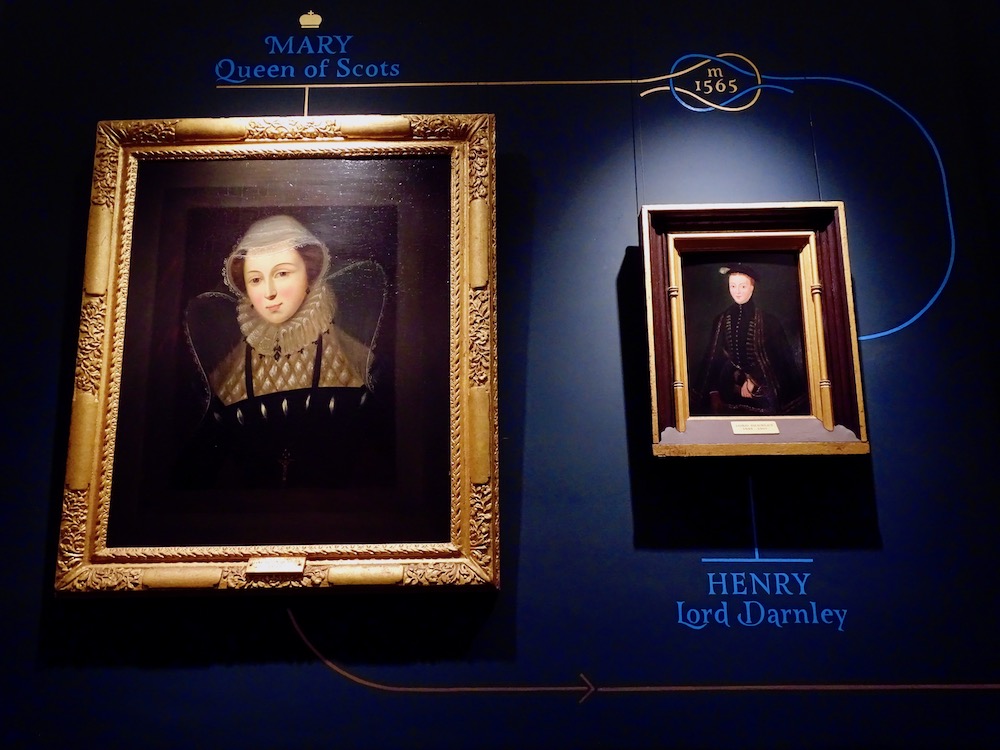
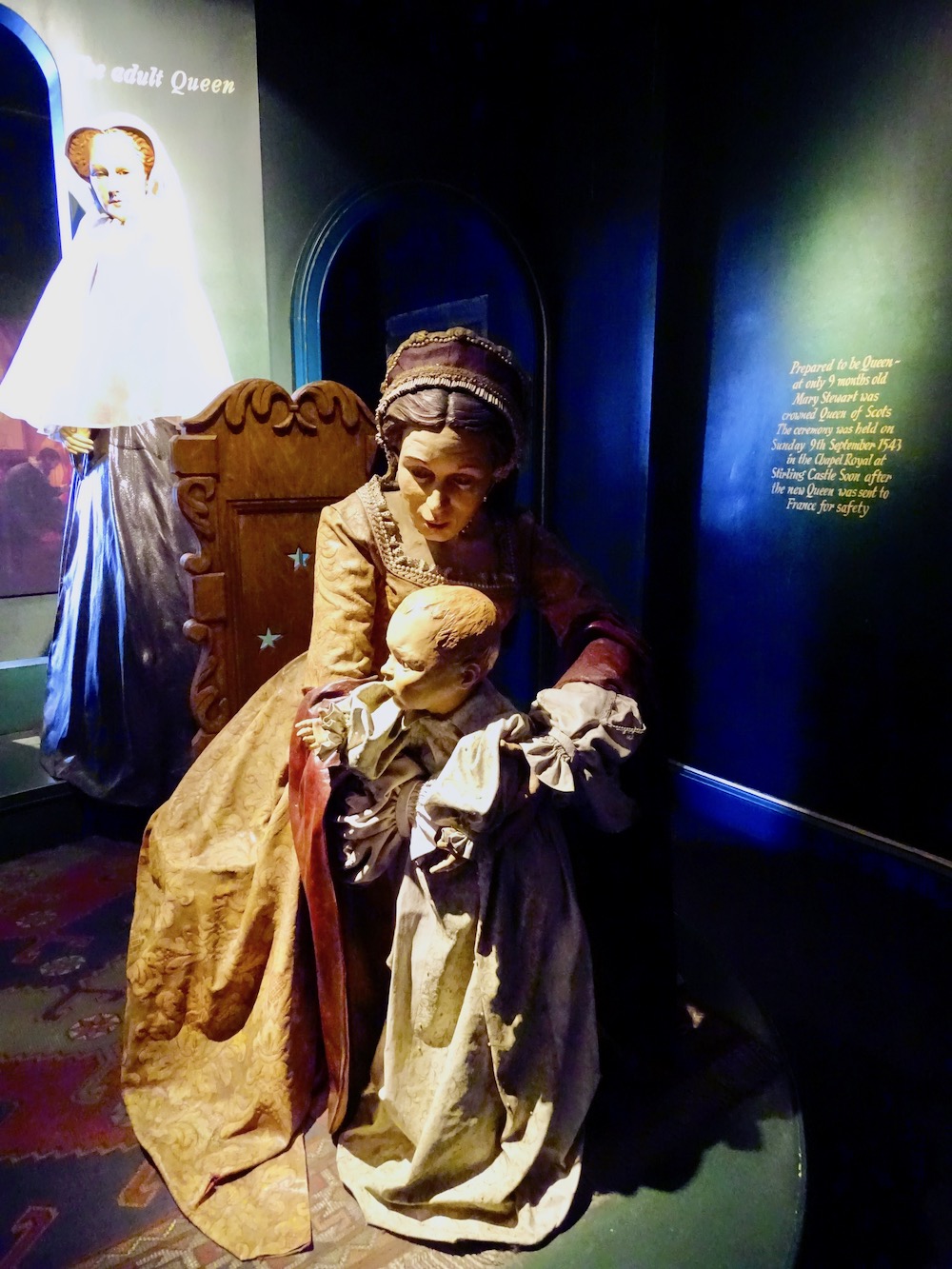
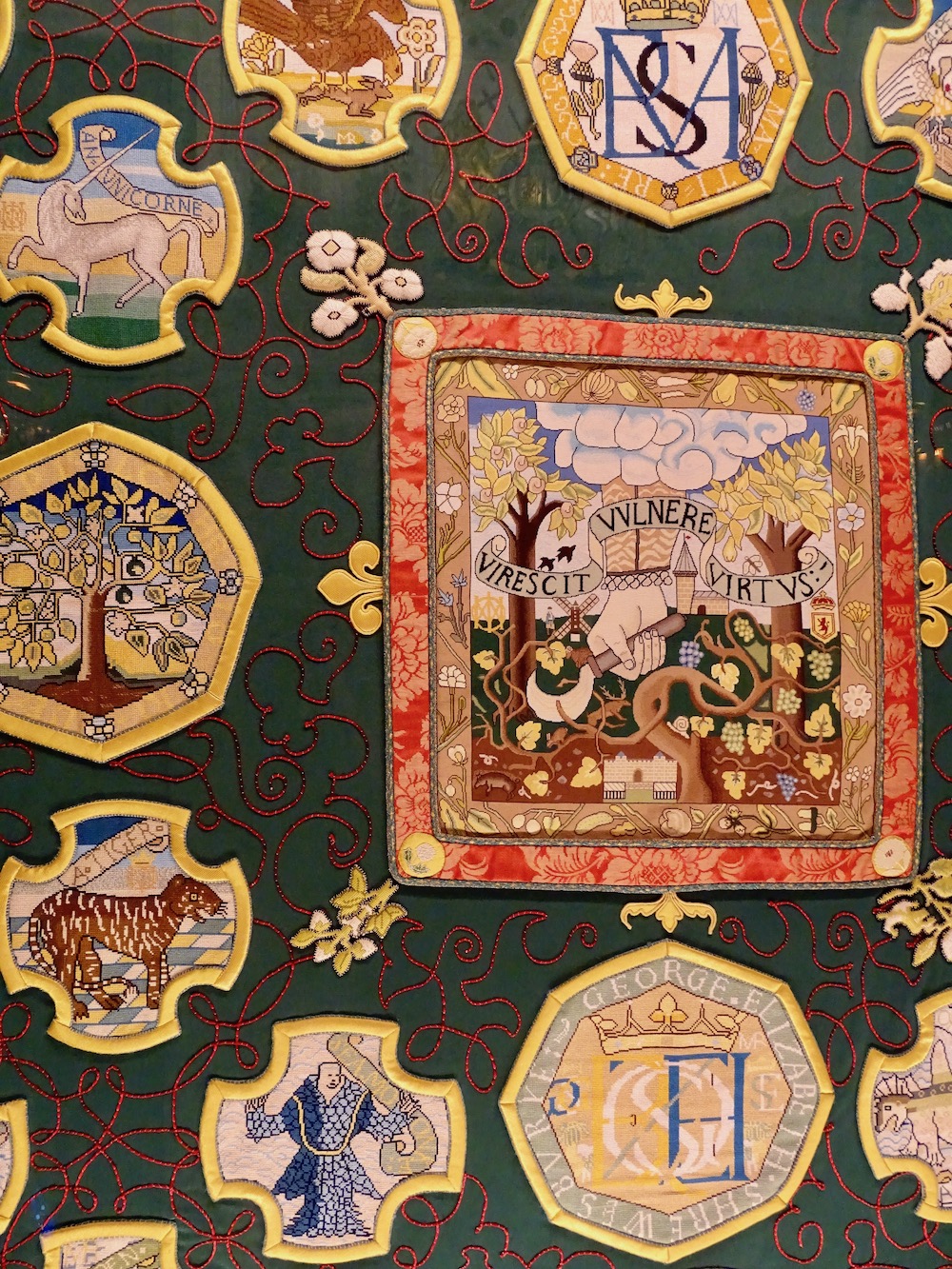
During this period the castle suffered long attacks financed by the English in the transition of power. The towers of David and Constable fell. James VI organized restorations for the castle through his mandate but in 1,603 he moved to England. King Charles I was the last Scottish monarch to occupy Edinburgh Castle in 1,633.
The movement led by Oliver Cromwell dethroned and beheaded Charles I. He then proclaimed himself as Lord Protector of the Commonwealth of England, Scotland and Ireland. The Honors of Scotland were taken to Dunnottar Castle, but it was besieged. Two women, Christian Granger, the pastor’s wife and her maid managed to enter and smuggled the Honors of Scotland in their belongings. They were hidden in Kinneff church for eight years.
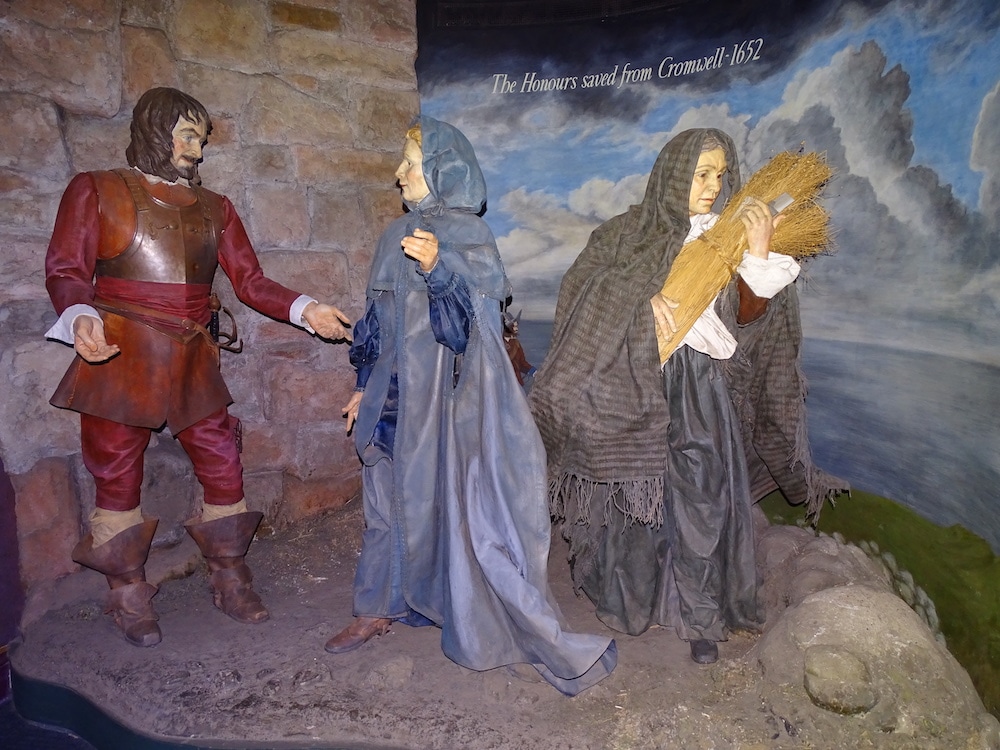

When he died, his son took power, but resigned after a year. Charles II continued with the line of the monarchy. He turned the medieval castle into a fortress of the garrison. Before dying he converted to Catholicism, being the first Catholic king since Mary Stuart.

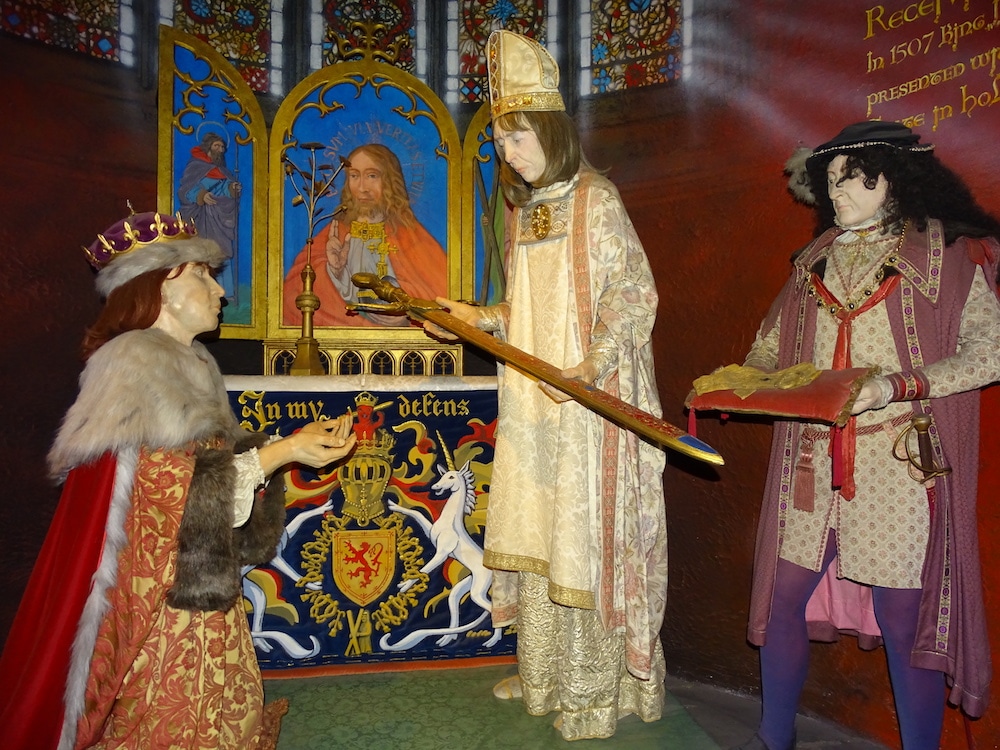
The Jacobites
When Charles II died he was succeeded by his brother, James II of England, who also Catholic and of the Stuart House, who would reign as monarch of England, Scotland and Ireland. Three years later, in 1,688, he was dethroned in the Glorious Revolution and his daughter Mary II of England, who was a Protestant, became queen. Then her sister Anne I, also a Protestant, would take the throne in 1,702.
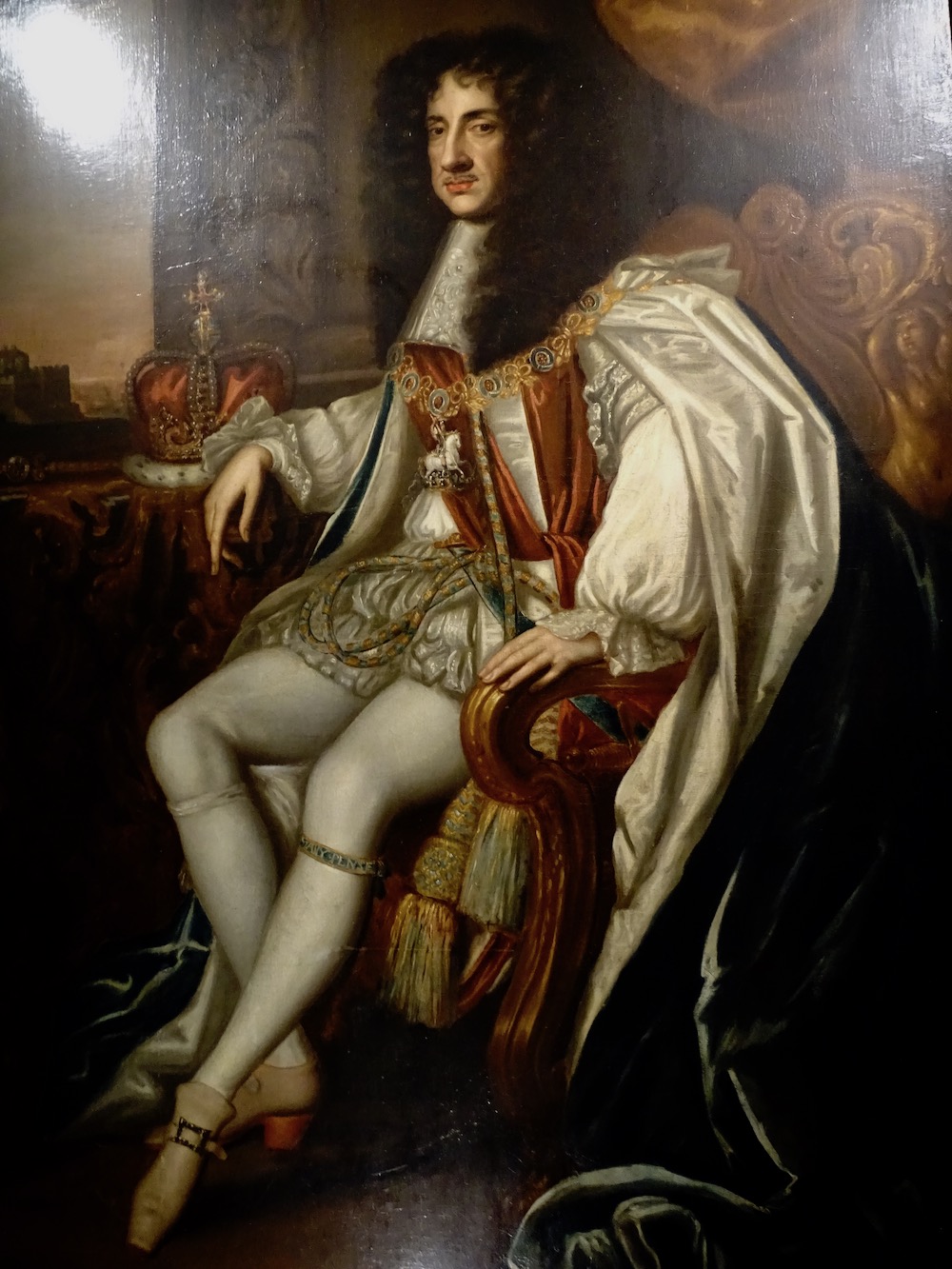
The Jacobites believed that the Stuart House should return to the British throne, but with a Catholic cause. They preferred James Francis Edward Stuart, as heir and caused several uprisings up to 1,745. The popular Outlander series tells this story.
Prison
During your tour in Edinburgh Castle you will be able to enter several dungeons. The castle was transformed into a prison after the end of the Jacobite rebellions. Prisoners came from conflicts including The Seven Years War (1,756–1,763), the United States War of Independence (1,775–1,783) and the Napoleonic Wars (1,803–1,815). During that time stores were built, the governor’s house (1,742), and the new barracks.
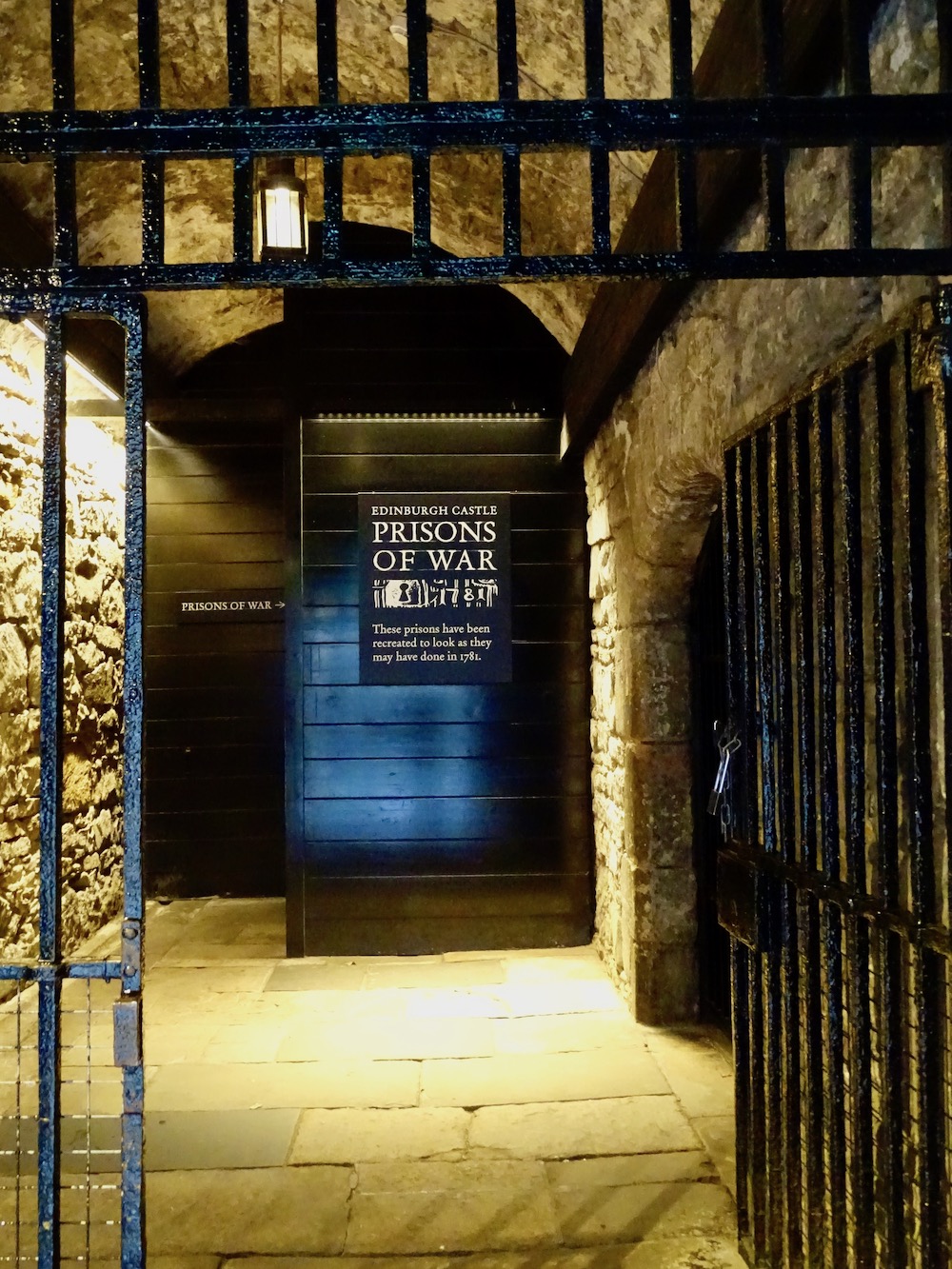
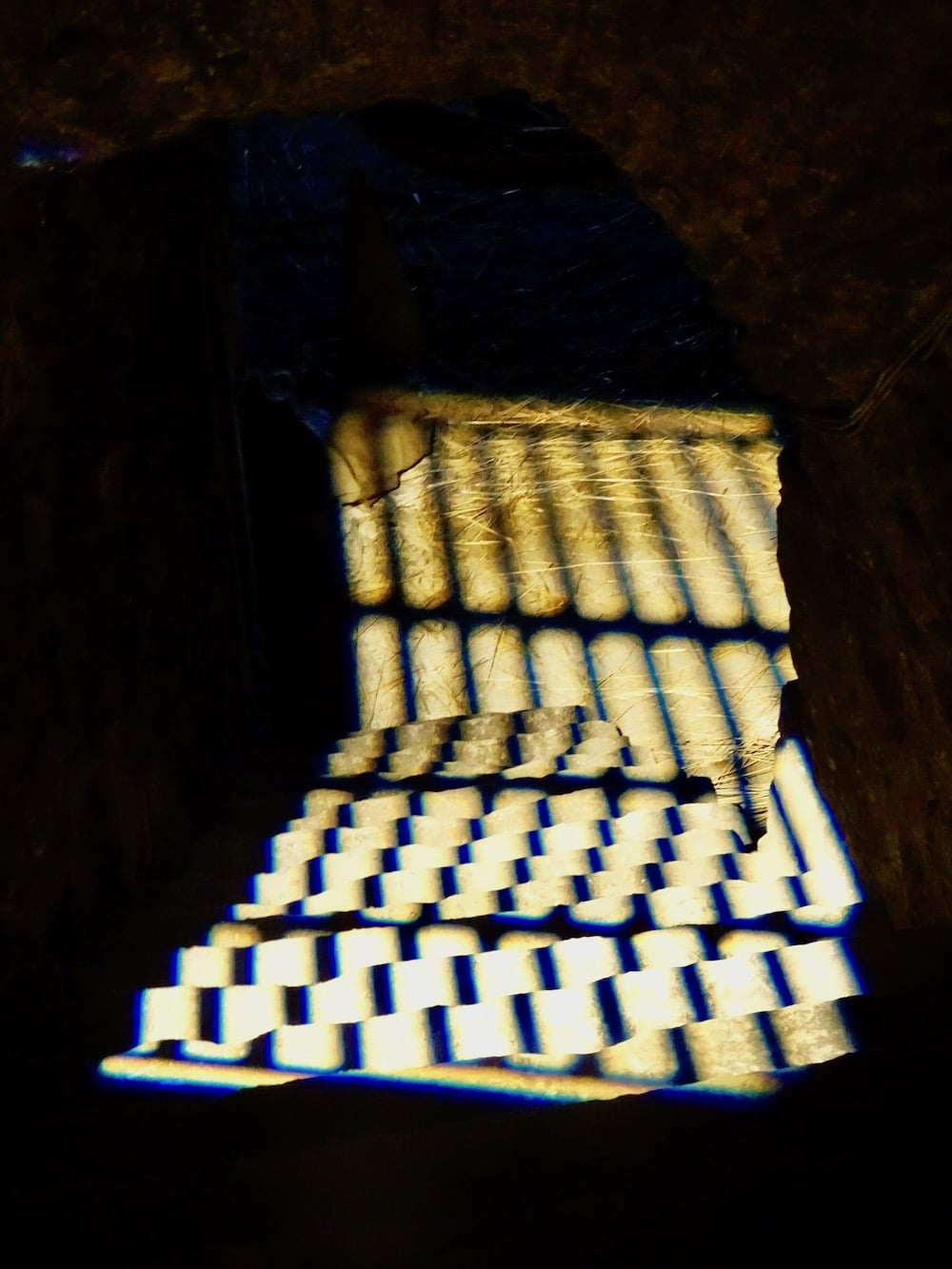
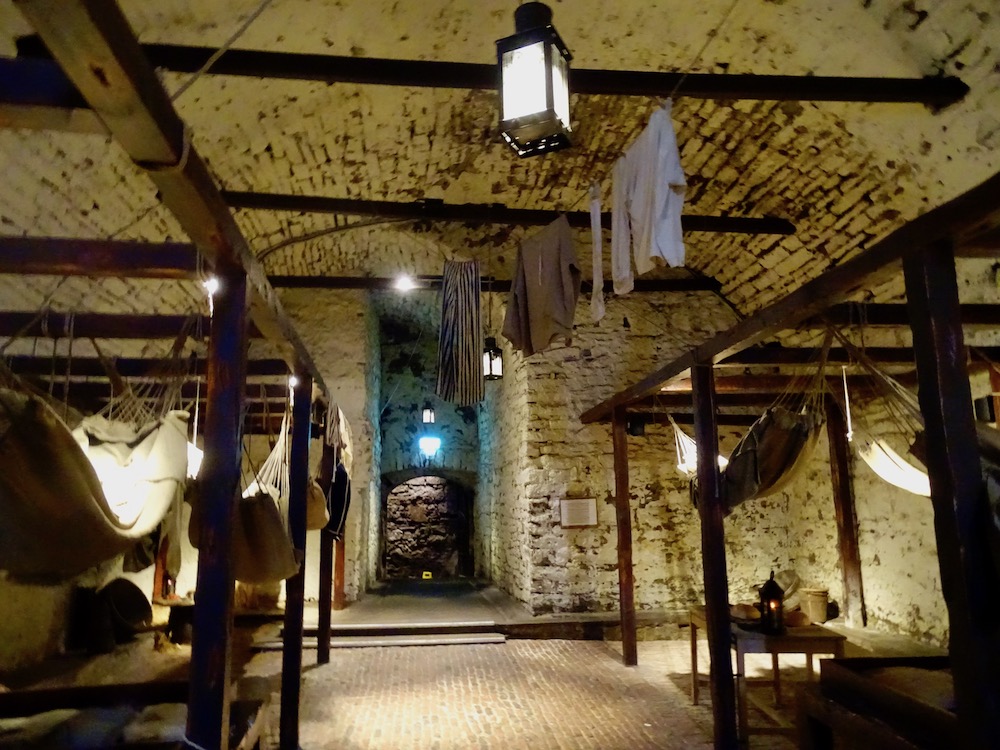
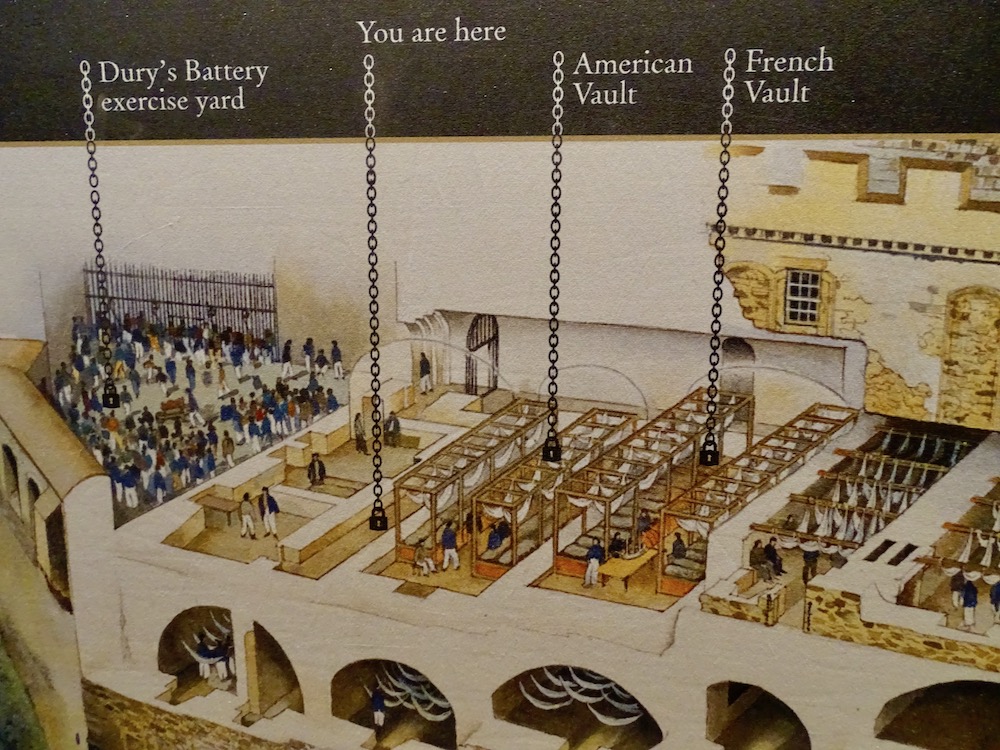
The dungeon of prisoners of war recreates how they lived. And explains the food rations that were given to them. Americans were considered pirates, so they received less food.
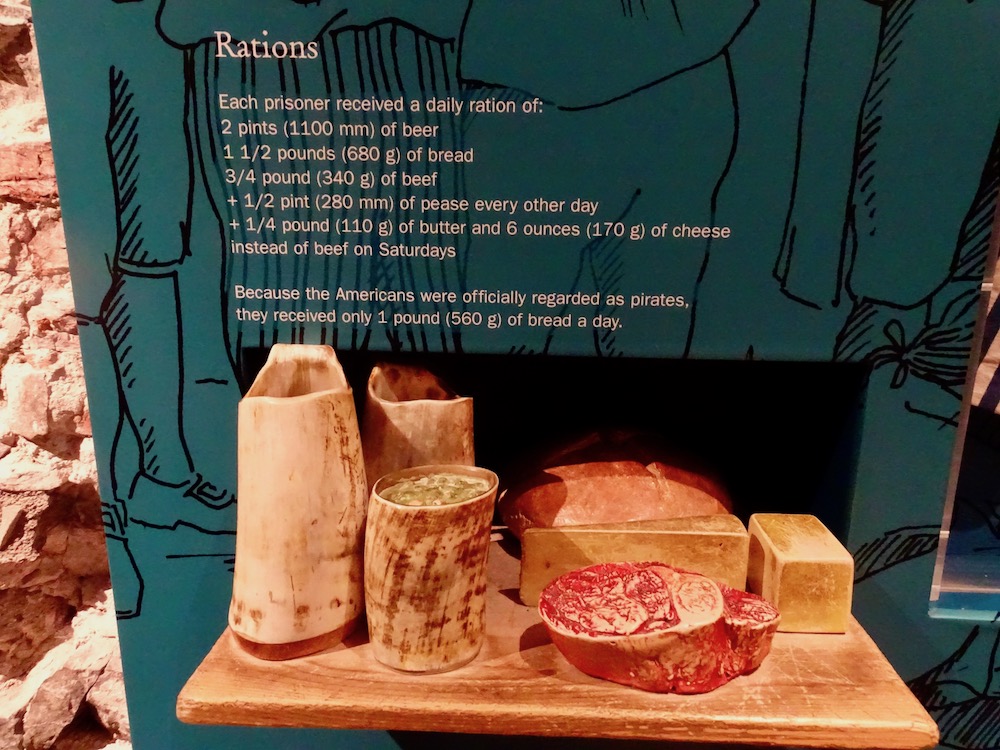
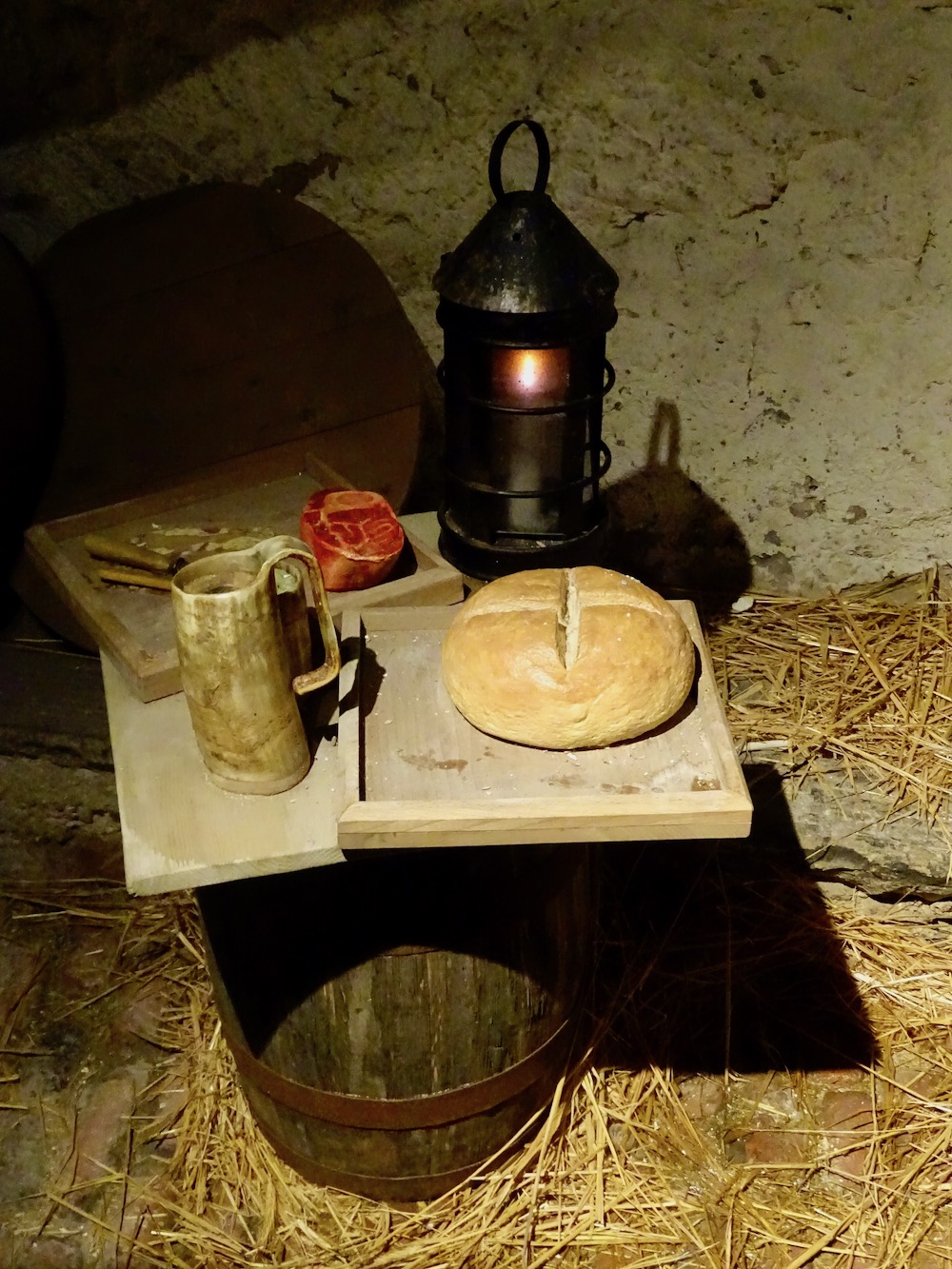

The prisoners were so cunning that they learned to counterfeit money using lamb bone dies. They accurately reproduced watermarks and stamps on each counterfeit bill. Once the dies were carved, they could mass produce very convenient counterfeits. This was used to bribe the guards.
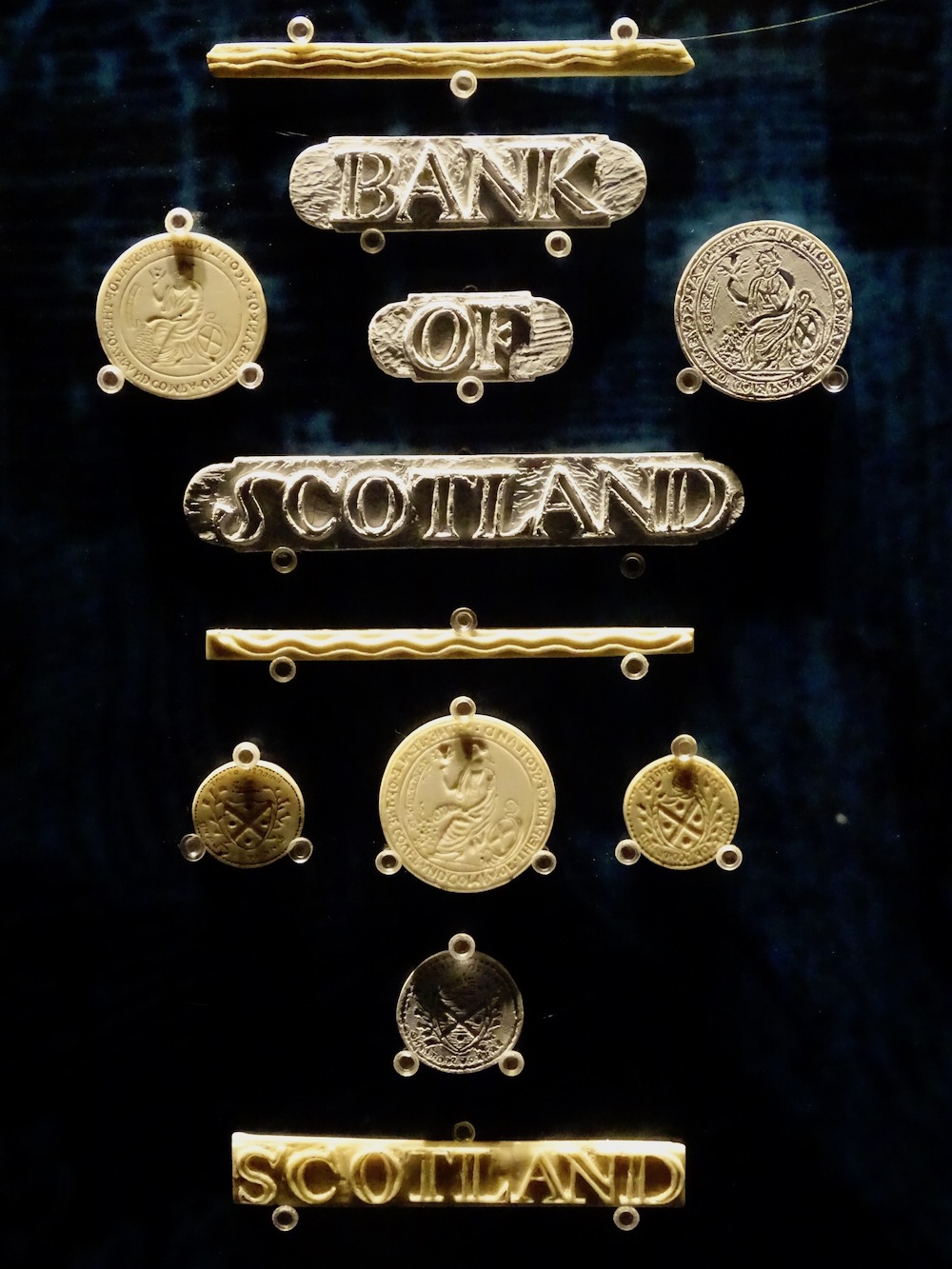
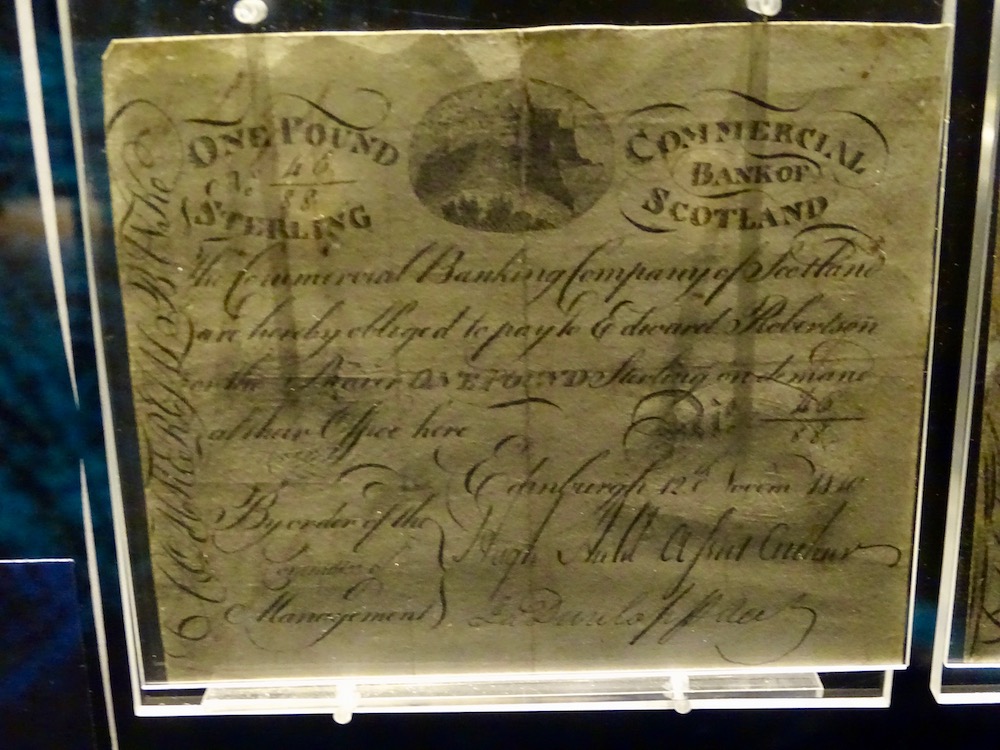
In 1,811, 49 prisoners escaped through a hole in the south wall. This convinced the authorities to stop using Edinburgh Castle as a prison. In 1,814 it began to be transformed into a national monument of Scotland.
Crown jewels
In 1,818, Sir Walter Scott received permission to search Edinburgh Castle. He entered a sealed room, now he is the Crown Room, and found a trunk. Within it were the Honors of Scotland (the crown, the scepter and the sword of the state). These Honors had been lost in 1,707 after the union between Scotland and England. They were put on display and the place began to be a tourist destination.
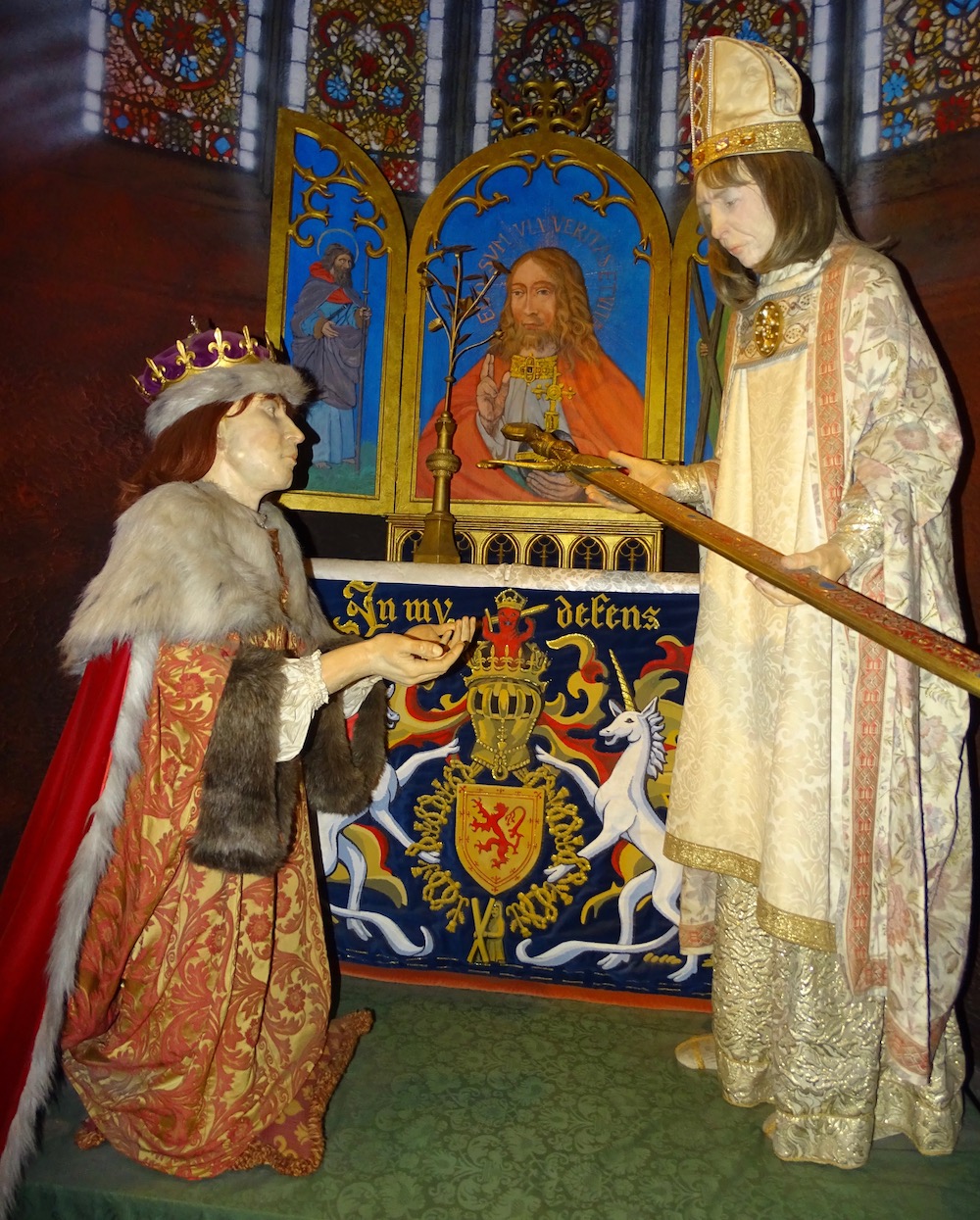
In 1,829 the cannon of Mons Meg, that was in the Tower of London, was returned. Then, in 1845, the Chapel of Saint Margaret of Scotland was “rediscovered.” Restorations of the entire castle were made. During the First and Second World War it was used as a prison again.
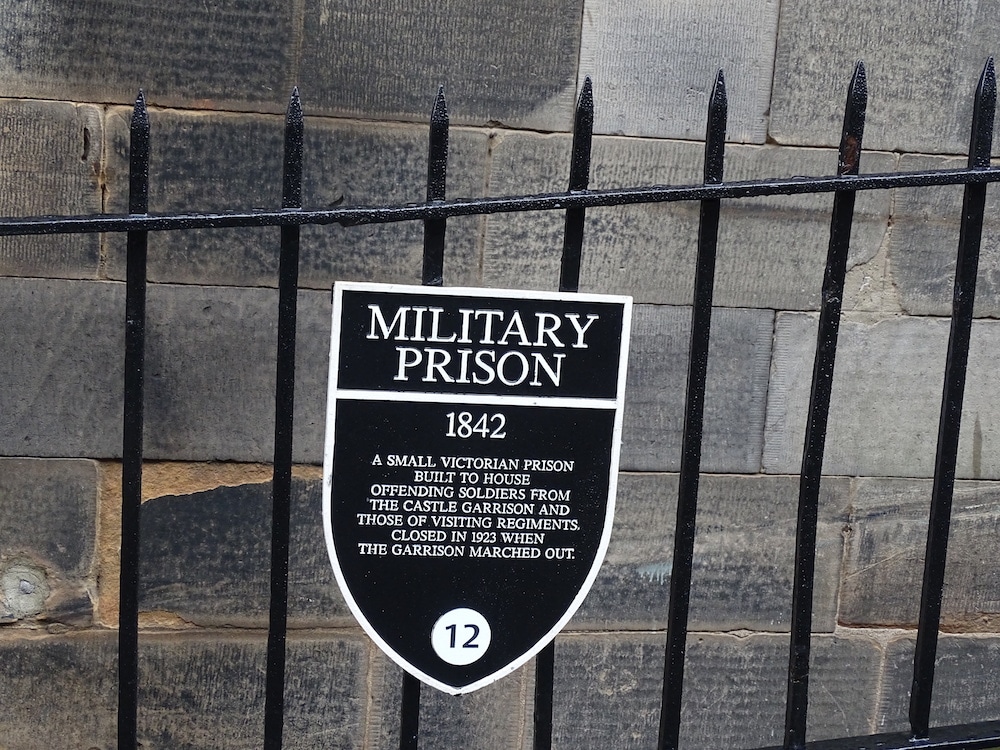


The Stone of Destiny was the inaugural stone of Scotland. In 1,296 it was taken by the English and was not returned until 1,996. The stone is a block of sandstone on which the Scottish monarchs were traditionally crowned.
In 1,991, the Scottish government created “Historic Scotland”, a government agency to keep the country’s historical heritage. The old and new cities of Edinburgh were inscribed on the list of UNESCO World Heritage Sites in 1,995. Their designation says that they are “dominated by a medieval fortress.” Be sure to visit Edinburgh Castle, the ‘defender of the nation’ and one of the best tourist sites in Scotland.






